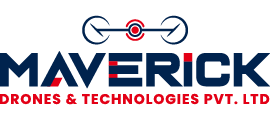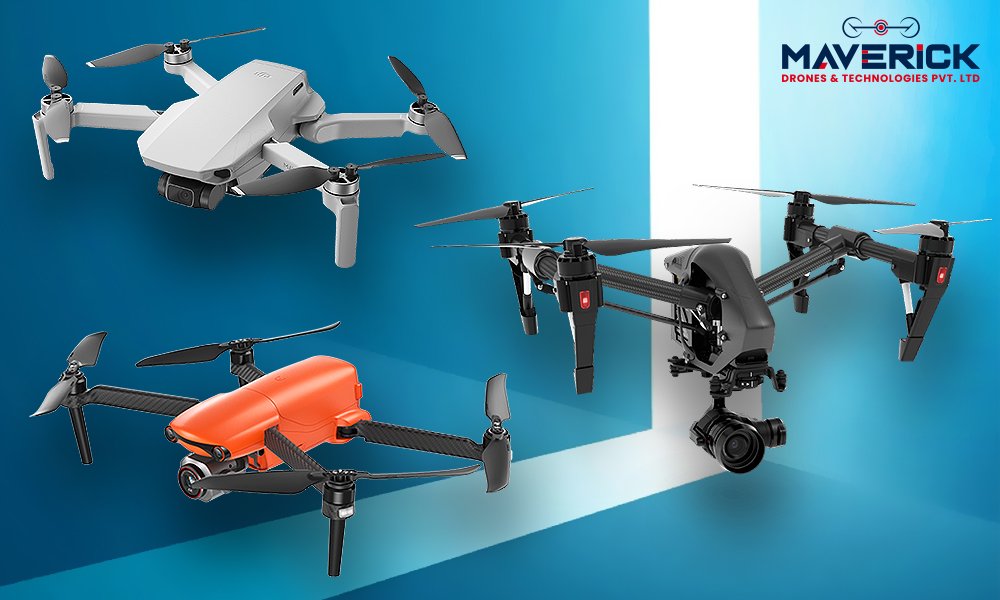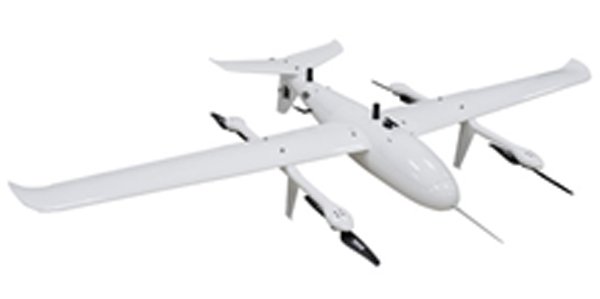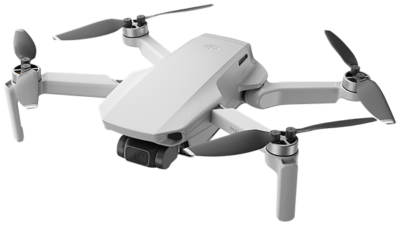Commercial Drones appeared as a futuristic concept for business use just a generation ago. Presently, the integration of Commercial Drones into various industries is emerging as a key driver propelling industrial growth to unprecedented levels. Its use is predicated upon the limitations of human capacity and, the idea that machines act as extensions of the physical outreach of man. Industrial Drones have exponentially added to the parameters of feasibility in industrial work by drastically bringing down the need for human intervention. Use of drones have also enabled industrial enterprises to tackle the lack of human resource which as a result brings down cost and incentivizes skilled labor, for example, in terms of drone pilots.
Drones befitting for industrial use:
The use of drones is premised upon factors such as, size of the area to be covered, the required payload capacity, and the environmental conditions in which the drone will be operated. Normally, the drones which fit the criteria requirements of industries such as construction and maintenance can be classified mainly into three categories of fixed wing drones, rotary wing drones and hybrid drones.
Fixed-Wing Drones
Fixed-wing drones provide an array of civil engineering applications ranging from large-scale surveying to mapping projects. The major advantage it has over rotary-wing drones is the longer flight time. Extended airborne time make them ideal for large-scale topographic surveys, aerial inspections, and monitoring of construction sites. They generally remain stable in harsh weathers which is essential to the role played by them in such activities because stability contributes to better imagery. They have a higher payload capacity, enabling them to carry heavier equipment such as high-resolution cameras and LiDAR sensors. This capability allows them to capture detailed aerial data for the precise mapping, 3D modeling, and volumetric analysis of construction sites. To operate a fixed-wing drone, a higher skill set is necessary in planning flight paths, conducting pre-flight checks, and coordinating with air traffic authorities. In summary, the advantages of fixed wing drones make a good case for their operational feasibility in industrial domain, however, their price point is a variable worth considering in light of the project scale in which it is to be used.
STRIVER MINI VTOL
Material: EPO, EVA, carbon fibre, engineering plastics, etc.
Load compartment size: 180×150×110mm
Transport box size: 1.07m×0.35m×0.48m
Max. Payload: 1kg
Max. Take-off weight: 7.5kg
Take-off and landing mode: VTOL
Maximum take-off altitude: 3000m
Range performance: 112min/127km (speed 19m/s , load 600g, battery 6S@22000mah, takeoff weight 7.1kg, altitude 500m)

Rotary-Wing Drones
Rotary-wing drones, also known as quadcopters and multi-rotor drones, serve mainly the purpose of precision in this field. These drones provide excellent maneuverability and the ability to hover, making them well-suited for close-range inspections of vertical structures and operating in tight spaces. Their agility coupled with professional drone cameras allows for detailed inspections of construction sites and infrastructure. These features make them best suited for operating in limited space, operating rotary-wing drones is also much easier than fixed-wing drones. This type of drone can be flown by pilots with less training and experience, making it convenient for industries with limited resources. Although, the energy-intensive hovering and maneuvering cut short the endurance of these drones. In summary, they are suitable for small-scale operations in confined spaces. Their drawbacks include lower payload capacities, susceptibility to wind, and shorter flight times.
DJI Matrice 350 RTK
Flight Time – 55 MIN
Weight – 9.2 kg
Range – 20 km
Payload – 2.7K
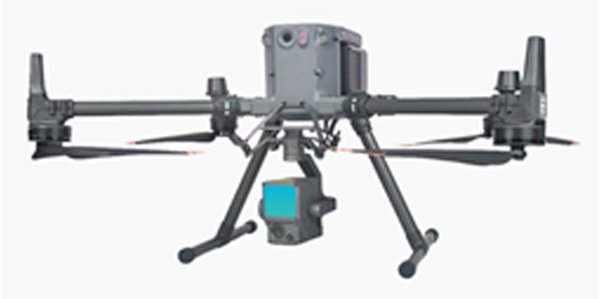
Hybrid Drones
Hybrid drones, as the name suggests, provide a collective benefit of both fixed-wing drones and rotary-wing drones. Drones for commercial use have the operational capacity to work precisely in confined spaces and serve operators with longer flight times. Their ability to transition between the two operational modes makes them advantageous for conducting large-scale surveys, mapping, and monitoring projects that require longer flight durations. The combination of vertical take-off and landing capability and fixed-wing flight allows them to carry larger cameras, LiDAR sensors, or other equipment. This enhances their capacity for detailed data collection, such as in high-resolution mapping or 3D modeling of construction sites. On the flip side, they are usually more difficult to operate, the pilots of these drones require specific training and expertise to handle the transition between vertical and fixed-wing flight modes, as well as understanding the nuances of operating a hybrid system. Furthermore, hybrid drones may have higher initial costs compared to single-mode drones as the integration of both fixed-wing and rotary-wing capabilities requires additional engineering and design, leading to a potentially higher purchase price.
AYK-250 Pro VTOL
Navigating the legal framework
The current legal framework that regulates UAVs, needs to be reviewed due to the rapid increase in the UAV market in India. The introduction of a national drone policy from the Director General of Civil Aviation (DGCA) which regulates UAVs in India, reduces the ambiguities in the system. However, some bottlenecks still exist. The present policy legalizes the use and operation of drones under a set of criteria on the class of drones and their area of use. In India, DGCA classifies under Nano (0.25 kg), Micro (0.25–2 kg), Mini (2–25 kg), and Large (more than 25 kg) subheads. The maximum altitude allowed for a civil drone is 400 feet which in practice can be quite a challenge for infrastructure monitoring. The varied red, green, and yellow zones define the airspace where a drone can operate, such parameters have authoritative ramifications making permit acquisition a hassle for businesses.
Conclusion
To put things into perspective, one must visualize this emerging change in the context of the existing industrial framework which by and large has remained conservative in its spirit of technological assimilation. Drones may well be a definitive game changer in the industrial domain because the benefits most surely outweigh the disadvantages. Additionally, the use of industrial drones in construction, mining, and surveillance could serve as the key incentive for the rapid modifications in both the technological and legal outcomes of UAVs. The existing varieties in commercial drones give ample room to operators to figure out their preferences.
CEO, Maverick Drones And Technologies Private Limited

